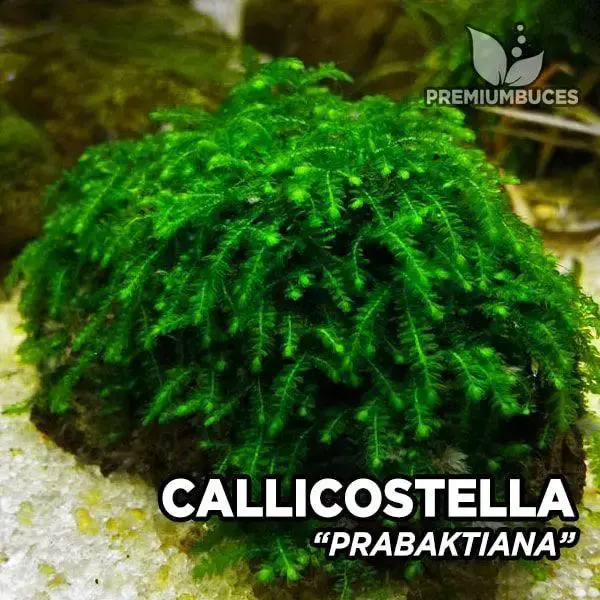
callicostella-prabaktiana.jpg from: https://airplantplanet.com/shop/callicostellamoss/
Exploring the Fascinating World of Callicostella Melanotheca Moss
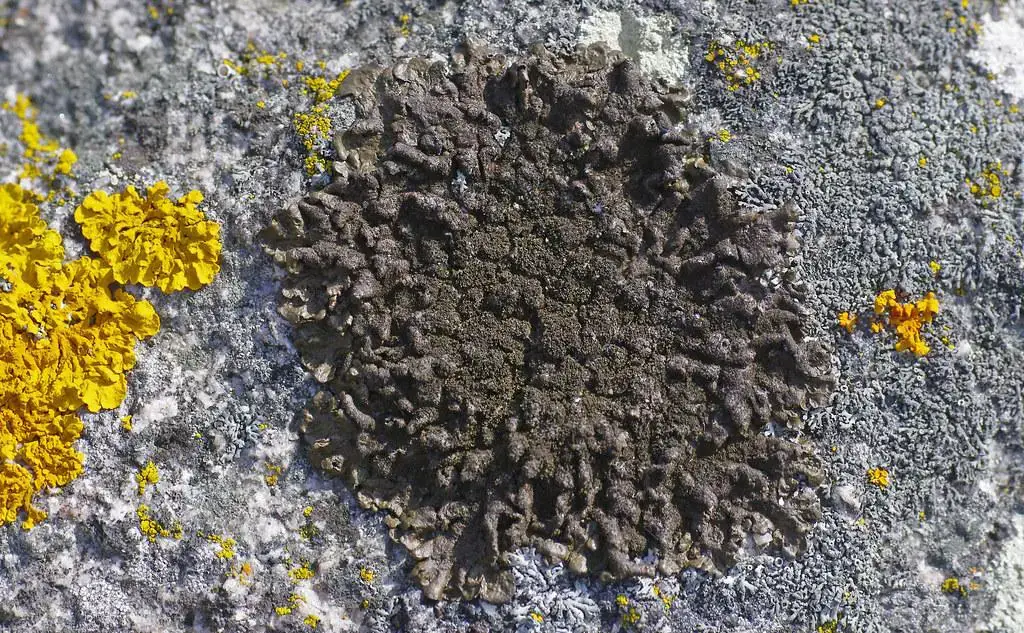
33083301554_59595507da_b.jpg from: https://www.flickr.com/photos/126598284@N05/33083301554/
Introduction
Mosses may be small, but they play a big role in many ecosystems around the world. One particularly interesting species is Callicostella melanotheca (Duby ex Besch.) A.Jaeger, a moss in the Pilotrichaceae family. Also known simply as Callicostella, this little plant is worth taking a closer look at. In this blog post, we’ll dive into the details of C. melanotheca and explore what makes it so fascinating.
Background on Mosses
Before we get into specifics on C. melanotheca, let’s review some moss basics. Mosses are non-vascular plants in the division Bryophyta. Unlike other plants, they lack true roots, stems, and leaves. Instead, they have root-like rhizoids, stem-like structures called seta, and leaf-like structures called phyllids. Mosses reproduce via spores rather than seeds and flowers. There are over
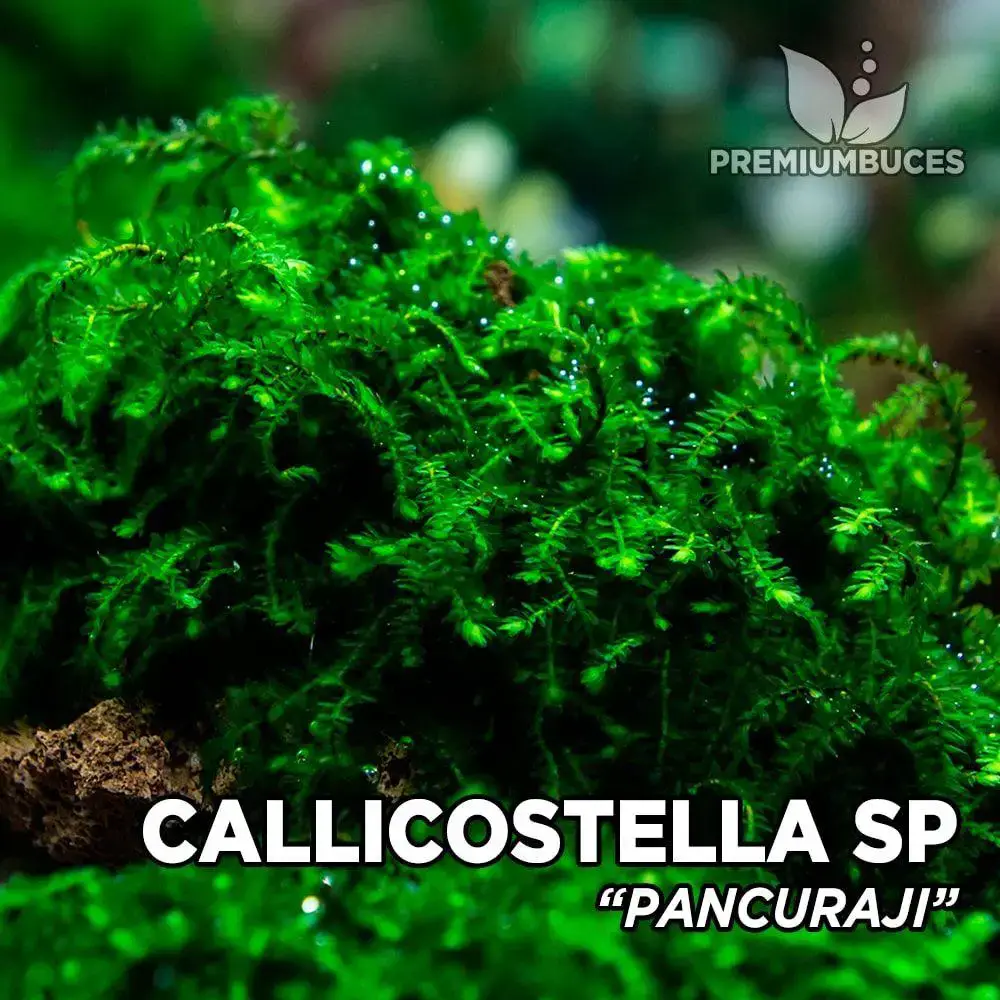
callicostella-pancuraji.jpg from: https://www.premiumbuces.com/en/tropical-power-gel-formula-para-omnivoros/
12,000 species of moss found all around the world, from the Arctic to the tropics.
Morphology and Identification
Callicostella melanotheca is a pleurocarpous moss, meaning its sporophytes grow laterally from the stem. Its phyllids are ovate-lanceolate in shape and have double costae (midribs) that extend more than halfway up the leaf. The seta is reddish and papillose. Capsules are inclined to horizontal and the calyptra is cucullate (hood-shaped).
One of the most distinctive features of C. melanotheca is the dark coloration at the base of its seta, which is what gives it the species name “melanotheca” (meaning “black case”). This dark pigmentation makes it easier to identify

16319.jpg from: https://aquastatus.ru/viewtopic.php?t=9093
C. melanotheca compared to similar looking Callicostella species.
Global Distribution and Habitat
C. melanotheca has a pantropical distribution, found in tropical regions around the world including Central and South America, Africa, and Asia. It typically grows at low to mid elevations in moist, shaded habitats such as on rocks, tree bases, decaying logs and soil banks along streams and rivers in rainforests.
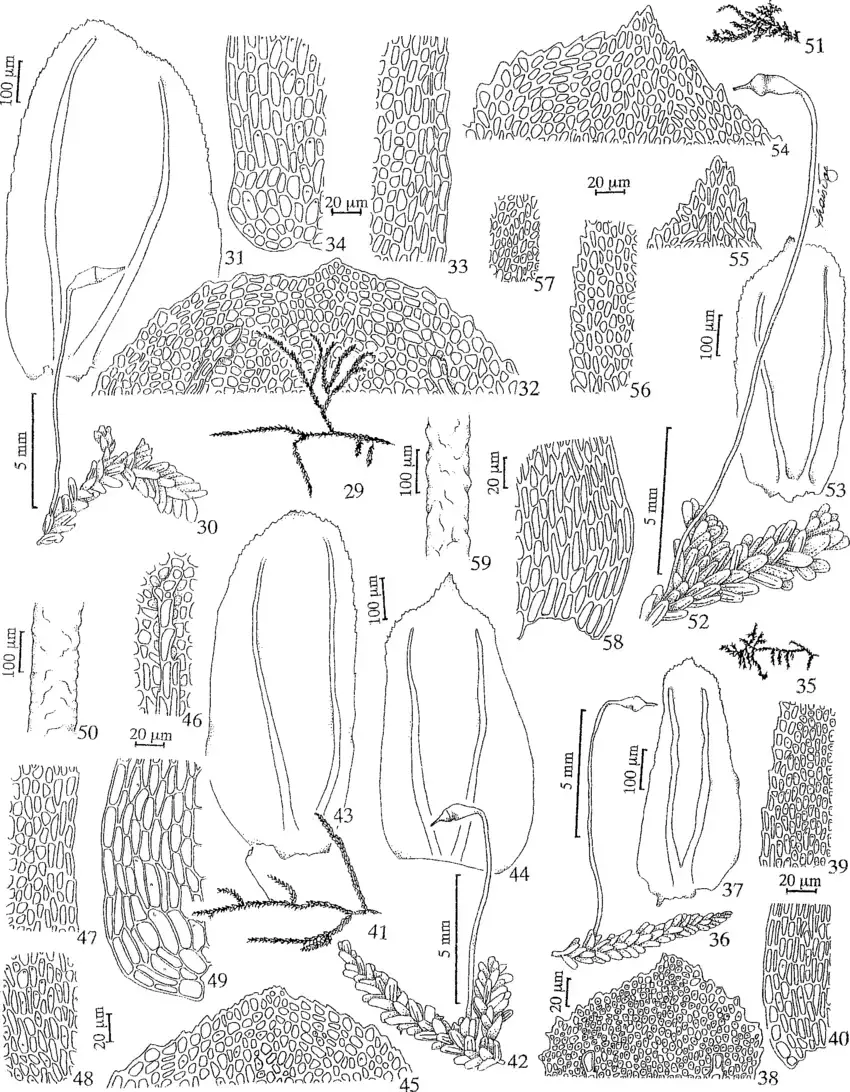
Figuras-29-34-Callicostella-merkelii-Hornsch-A-Jaeger-29-Habito-30-Detalhe-do.png from: https://www.researchgate.net/figure/Figuras-29-34-Callicostella-merkelii-Hornsch-A-Jaeger-29-Habito-30-Detalhe-do_fig2_250021396
Some countries/regions where C. melanotheca has been documented include:
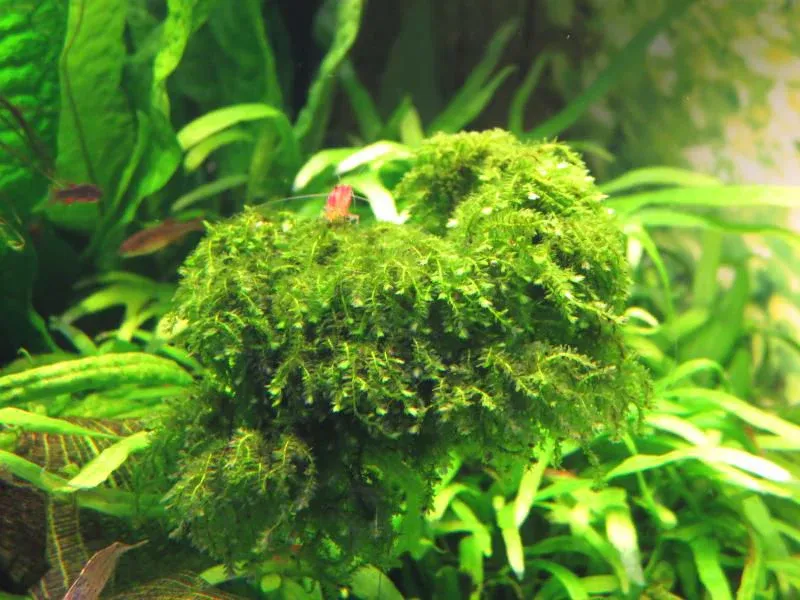
callicostella-prabaktiana_1024x1024.jpg from: https://aquadunia.com/shop/nature-live-plants-aquarium/nature-aquarium-plants/callicostella-prabaktiana-ic802-tc-pot/
| Continent | Countries/Regions |
|---|---|
| North America | Mexico, Costa Rica, Panama |
| South America | Colombia, Venezuela, Guyana, Suriname, French Guiana, Brazil, Ecuador, Peru |
| Africa | Bioko, São Tomé, Príncipe, Gabon, Congo, Democratic Republic of the Congo, Burundi, Tanzania, Madagascar, Comoros, Mauritius, Réunion |
| Asia | Sri Lanka, Thailand, Malaysia, Indonesia, Philippines, Papua New Guinea, Solomon Islands, Fiji, Samoa |
Ecological Roles and Adaptations
Like other mosses, C. melanotheca plays important ecological roles:
- Provides habitat for micro-organisms
- Helps retain moisture and prevent erosion
- Pioneers recolonization of disturbed areas
- Serves as a bioindicator of air and water quality
C. melanotheca has several adaptations that allow it to thrive in its tropical habitats:
- Tolerates low light conditions in the shaded understory
- Withstands periods of desiccation during dry spells
- Produces abundant spores to colonize new areas
- Dark pigments may protect against UV radiation
Conclusion
From its eye-catching black seta base to its widespread tropical distribution, Callicostella melanotheca is a prime example of how captivating mosses can be when you take a closer look. This tiny but tough species serves as an important part of tropical ecosystems around the globe.
Next time you’re in the rainforest, keep an eye out for a glimpse of C. melanotheca – and take a moment to appreciate all the amazing things that mosses do. What other cool mosses have you encountered on your adventures?